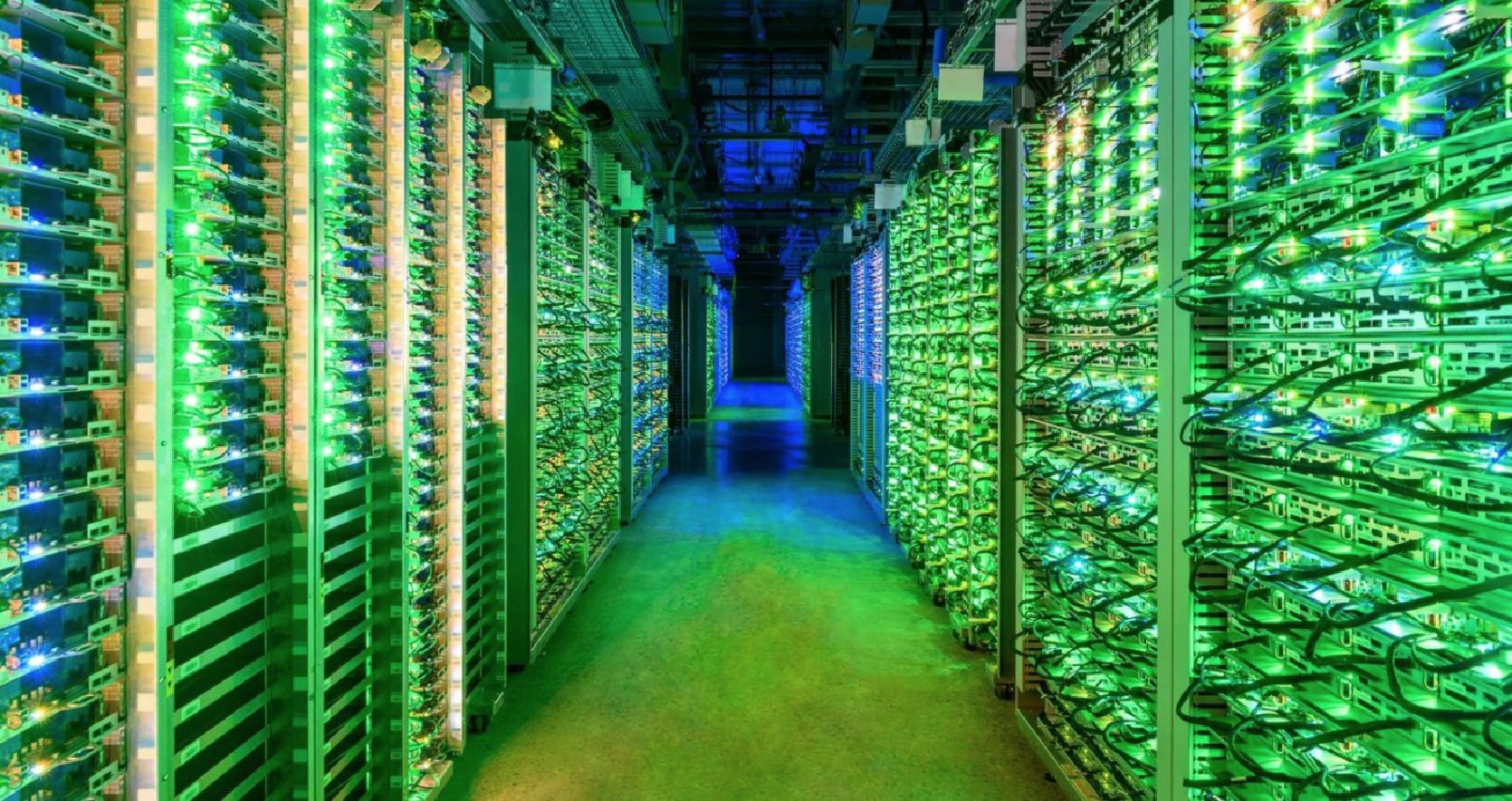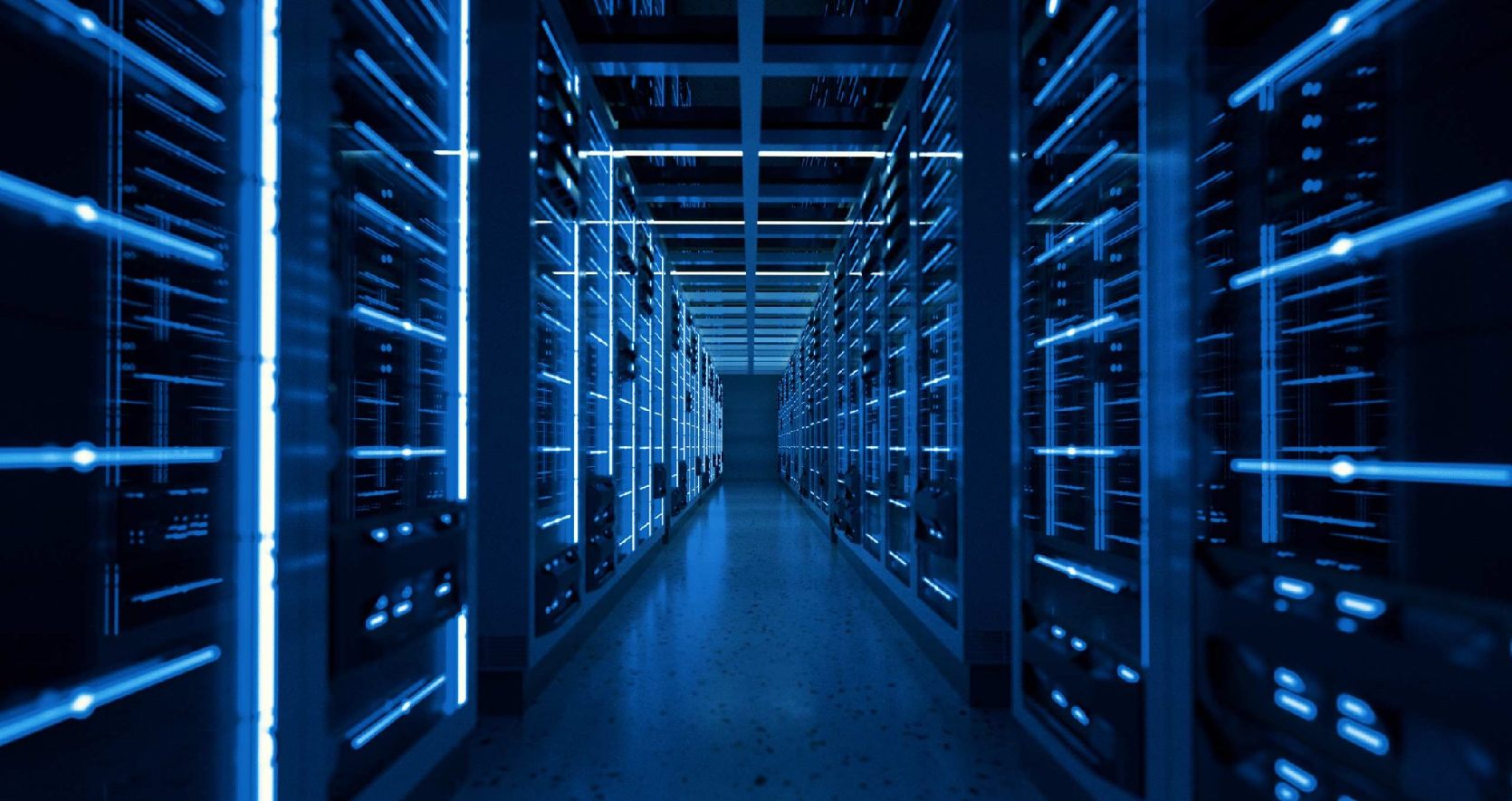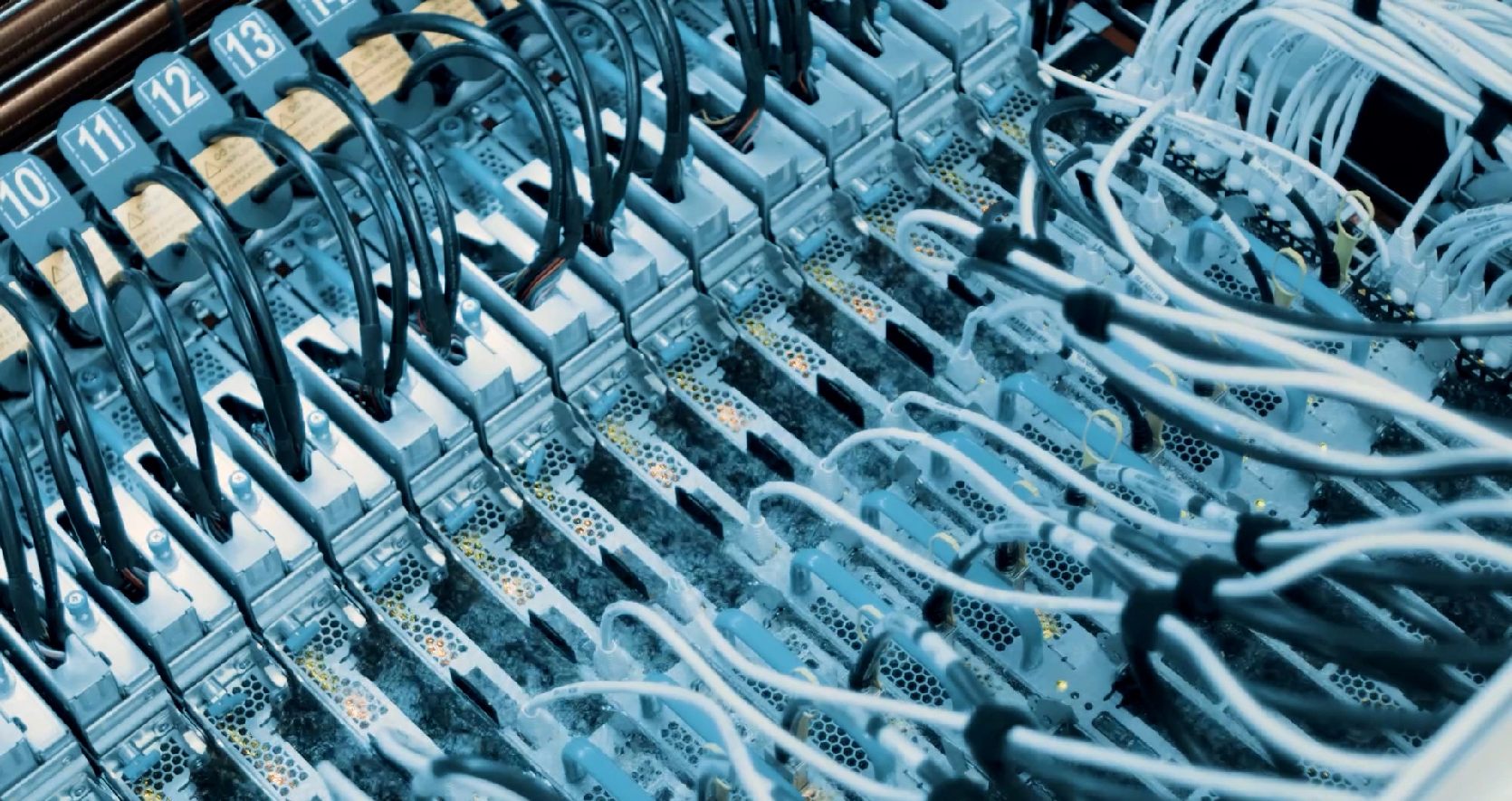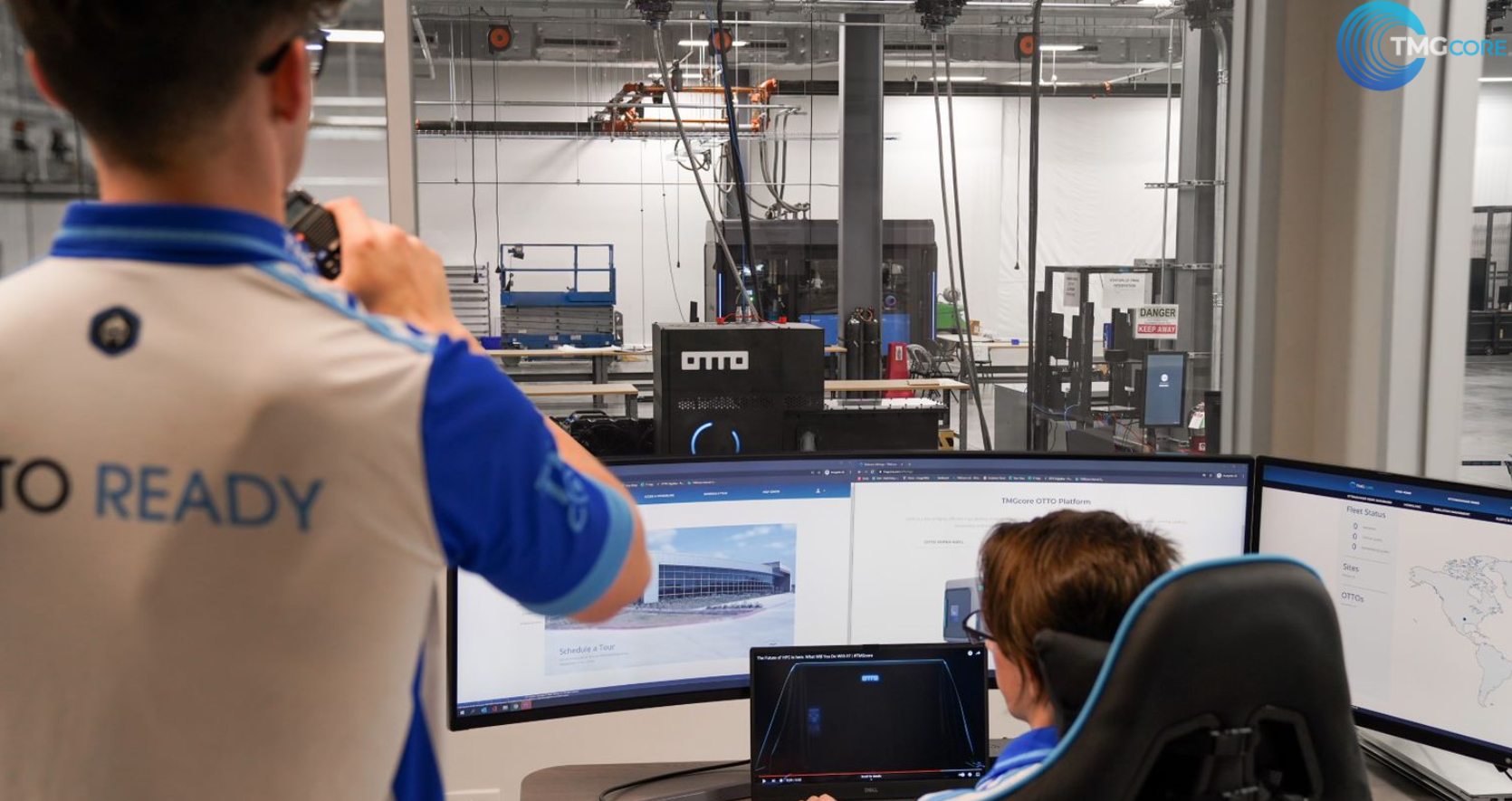
Data Center Power Failure: What Happens When the Lights Go Out
In the modern business world, maintaining a connection to computer services at all times is critical to your success. Losing power in data centers can result in downtime, loss of business, added costs, and a world of stress for IT managers trying to figure out why and how to resolve the issue as quickly as possible. In this blog post, we’ll dive into the impact of data center power failures, how they affect the electrical infrastructure of data centers, their main causes, and how to prepare for and prevent data center power outages.
What Happens to a Data Center During a Power Outage?
When the power goes out in a data center, unplanned downtime occurs. This can leave you vulnerable to loss of business and customer data, hacking, and overheating of data center electrical infrastructure. It’s important to consider the impact on consumers and remote workers as well. The third Annual Outage Analysis conducted by the Uptime Institute notes that although improvements in technology and availability have been made, outages remain a persistent concern for major industries and customers. The report shows that the overall impact and costs (both direct and indirect) of outages continue to grow. The most significant outage from the past three years was estimated to cost around $100,000 for half of the respondents surveyed and $1 million for one-third of respondents. In the past, data centers were just for your IT infrastructure.
Most Common Sources of Power Failure in Data Centers
- UPS failure: uninterrupted power supply failure is perhaps the most common and problematic source of data center downtime. The UPS system is supposed to ensure uptime if the main power source goes offline; when it breaks, it’s like popping your car tire only to find that your spare has a hole, too.
- Human error: according to Uptime’s data center survey, respondents reported that 42% of data center outages in the last three years were caused by human error. Among these, 57% were attributed to data center staff execution or failure to follow standard procedure. 44% cited incorrect staff processes and procedures as the main causes.
- Cooling system failure: this refers to a malfunction or performance interruption in the cooling of data center servers. The number of outages due to cooling system failures has decreased, but the cost of such outages has increased significantly. Increasing data center capacity and heat generation has made cooling system failure a formidable threat.
How Do I Prevent & Prepare for Power Outages?
While power outages caused by environmental factors may be inevitable, there are steps IT managers should take to prepare for and prevent power outages
caused by USP failure, human error, and cooling system failures. Severe outages are less common but have devastating effects when they do occur. Vigilance and investment are vital. Without proper power backups in place, your system will lack the resilience needed to stay competitive. Resilience remains one of the top management priorities when delivering digital services.
- UPS failure: Ensure that the UPS isn’t treated as a secondary component or afterthought. Since it’s a secondary source of power, it’s often located out of sight toward the back of data center facilities. The UPS storage room must be treated like any other part of the data center and that includes maintaining optimal climate conditions. Operators must monitor the UPS and support power management infrastructure in real-time.
- Human error: given these percentages listed above, it’s clear that a stronger focus on management and proactive training will produce better performance in service delivery.
- Cooling system failure: it’s important to plan for higher cooling capacity or more effective means of cooling so that the heat load can be adequately handled. During a power failure, the reserve capacity of cooling systems can maintain the temperature of the data center until the power comes back on or the UPS kicks in. Employing innovations in cooling technology, like two-phase liquid immersion cooling solutions from TMGcore, prevents overheating and damage to equipment in the event of a power failure.
Why TMGcore?
When critical business models depend on complex data center electrical infrastructure, it’s wise to be proactive and ready for a sudden power outage rather than scrambling to do damage control. TMGcore liquid immersion cooling devices not only keep your data center running smoothly when the power goes out, but also use less electricity overall, reducing operational costs. The management software integrated into the OTTO devices allows IT managers to manage electricity and stay ahead of the curve when the power goes out. Ensure that your data center is resilient to power outages and continues to operate smoothly by deploying industry-leading liquid immersion cooling devices by TMGcore. Contact us or schedule a demo to get started!
Pellentesque habitant morbi tristique senectus et netus et malesuada fames ac turpis egestas. Curabitur sed mi massa. Aenean ut rhoncus lacus. Mauris lorem neque, porttitor at vulputate in, euismod vulputate ligula.
Maecenas lacinia sem diam, at consectetur magna pretium nec. Curabitur semper orci sit amet viverra ultricies.
Pellentesque habitant morbi tristique senectus et netus et malesuada fames ac turpis egestas. Curabitur sed mi massa. Aenean ut rhoncus lacus. Mauris lorem neque, porttitor at vulputate in, euismod vulputate ligula. Curabitur at velit sagittis, vehicula erat vel, condimentum elit. Maecenas consequat urna ut neque blandit vestibulum. Duis lacus arcu, euismod in vulputate in, blandit quis dolor. Cras sit amet turpis sed ex iaculis volutpat. Donec posuere posuere tortor, eget consectetur eros suscipit sit amet.
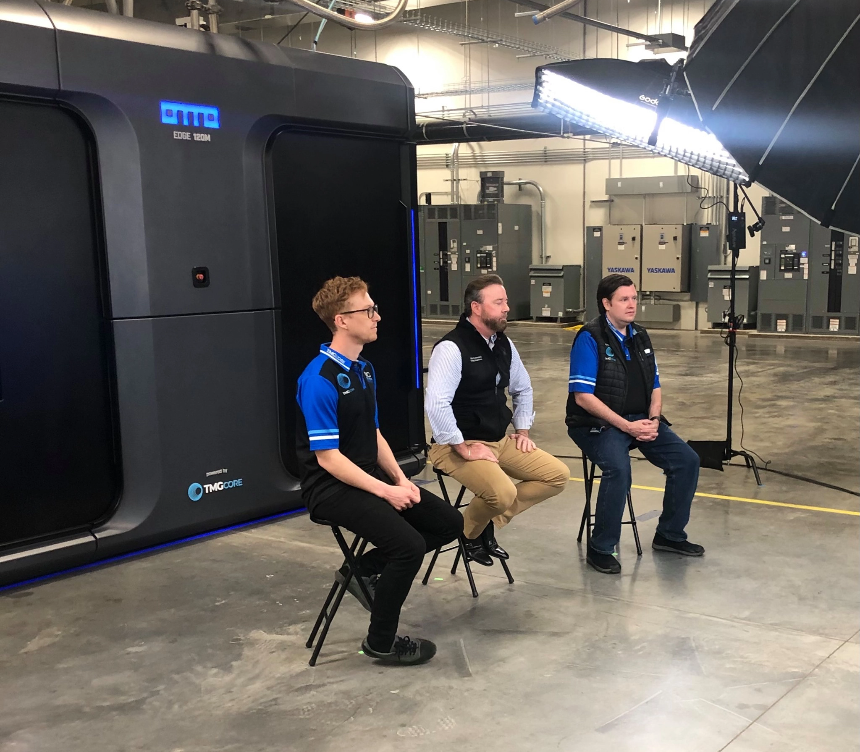
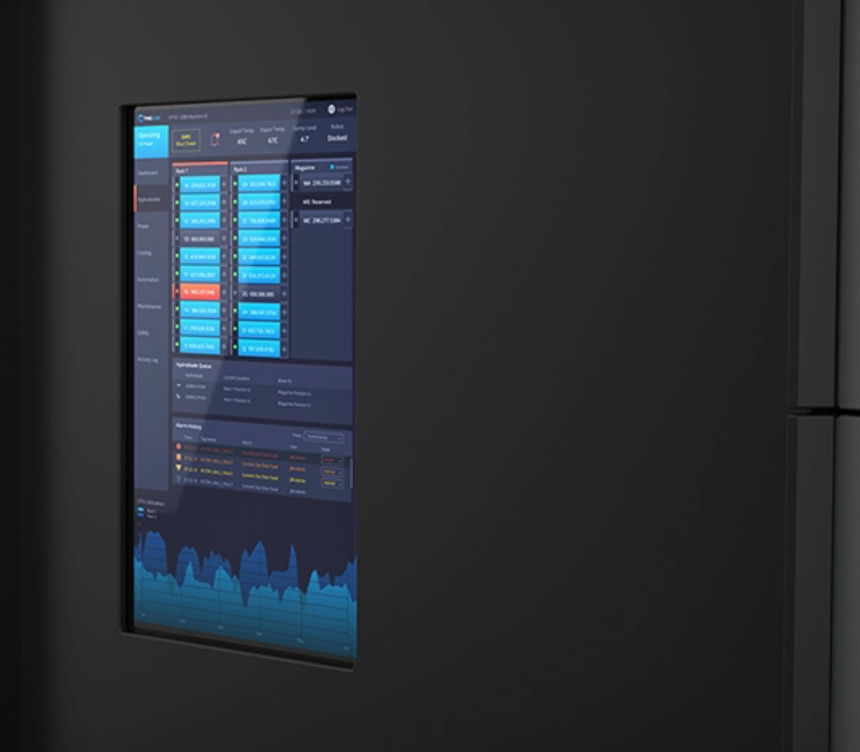
Sed a magna ac purus ornare porta. Maecenas ut facilisis risus, et volutpat felis. Nullam quis tempor purus. Praesent ornare posuere elementum. Mauris quis ex ante. Phasellus libero lorem, malesuada quis suscipit ac, aliquam sit amet arcu. Donec lacinia dui enim, vitae scelerisque nunc vestibulum vel. Fusce imperdiet elementum neque sed molestie. Donec ut feugiat orci. Etiam lacus nulla, blandit eget odio eget, consectetur finibus ligula. Sed quis orci consectetur, auctor leo vel, iaculis velit. Pellentesque vitae nisi lectus.
- Suspendisse consequat metus vitae magna lobortis tristique.
- Aliquam sit amet ante ut velit lacinia porta at nec nibh.
- Aliquam suscipit turpis vitae luctus posuere.
- Donec malesuada turpis maximus orci lacinia sagittis.
Related Blogs
